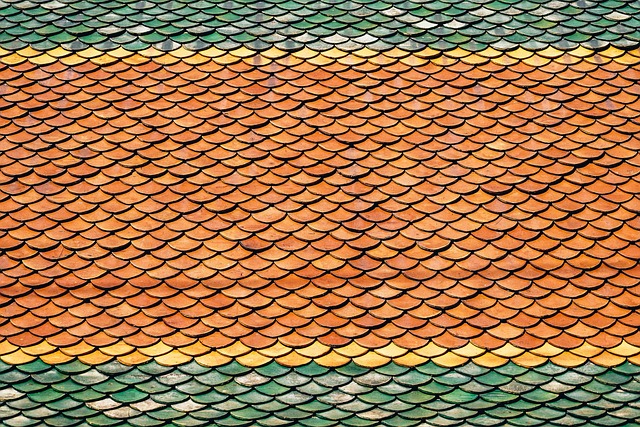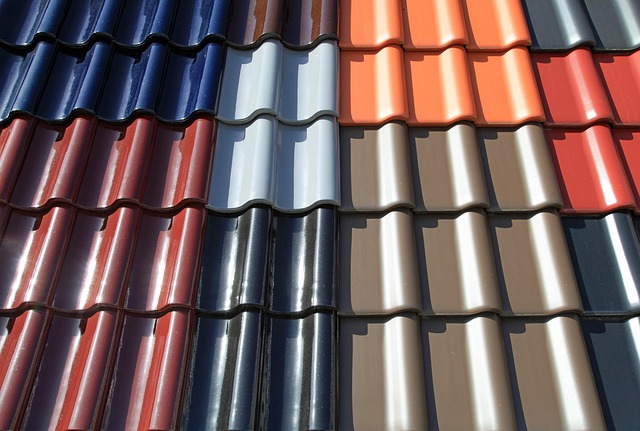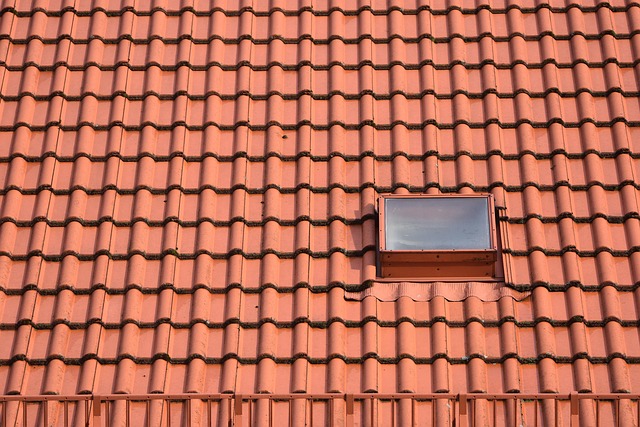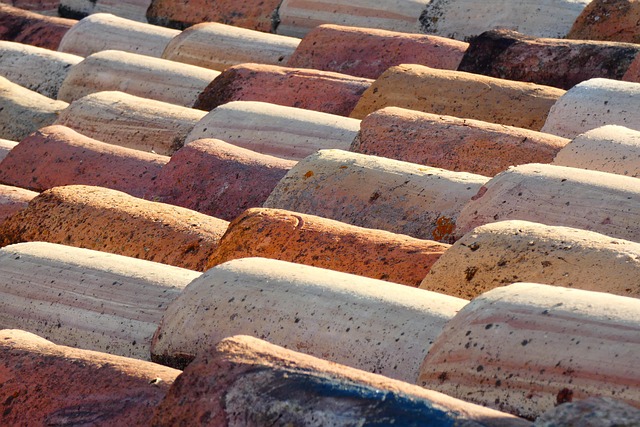Green roofing systems, gaining popularity among businesses aiming to reduce their environmental impact, offer multiple advantages such as enhanced insulation, rainwater management, biodiversity promotion, and healthier work environments. Businesses should collaborate with qualified green roofing systems contractors for installation, choosing between extensive or intensive systems based on space and requirements. These professionals ensure energy savings, extended roof lifespans, adherence to environmental standards, and assistance in securing incentives. Green roofs, made from eco-friendly materials, promote sustainability, reduce maintenance costs, and contribute to local ecosystem health. Case studies demonstrate their effectiveness in urban and sustainable settings, with professional installation by contractors being crucial for successful implementation.
“In today’s eco-conscious business landscape, adopting sustainable practices can set companies apart. Among these, green roofing systems offer a powerful solution to reduce energy usage and minimize environmental impact. This article guides businesses through the process of implementing eco-friendly roofing with a focus on green roofing systems contractor expertise. We’ll explore benefits ranging from enhanced energy efficiency to sustainable materials, and provide practical insights through case studies and installation tips. By the end, businesses will be equipped to make informed decisions for their green transformations.”
- Understanding Green Roofing Systems: The Basics and Benefits
- The Role of a Professional Contractor in Eco-Friendly Transformations
- Energy Efficiency: How Green Roofs Reduce Utility Costs
- Sustainable Materials and Their Impact on the Environment
- Case Studies: Successful Green Roofing Projects for Businesses
- Choosing the Right Contractor: Tips for a Smooth Installation Process
Understanding Green Roofing Systems: The Basics and Benefits

Green roofing systems are a sustainable solution that businesses are increasingly adopting to reduce their environmental footprint and energy costs. These systems involve creating a layer of plant life on rooftops, offering numerous benefits beyond aesthetics. A well-designed green roof can significantly improve insulation, reducing heating and cooling expenses. It also helps manage rainwater runoff, preventing overflow and easing strain on municipal drainage systems.
By partnering with qualified green roofing systems contractors, businesses can implement either extensive or intensive living roofs, depending on their needs and available space. Extensive systems use low-growth plants and require minimal maintenance, while intensive systems support fully grown vegetation, resembling a miniature garden. Either way, these eco-friendly roofing options contribute to biodiversity, enhance air quality, and provide insulation against noise pollution, creating healthier, more vibrant work environments.
The Role of a Professional Contractor in Eco-Friendly Transformations

When considering a transition to eco-friendly roofing systems, businesses should strongly consider partnering with a professional contractor. These experts are integral to successfully navigating the complexities of installing and maintaining green roofing solutions, such as living roofs or sustainable roofs. A skilled contractor ensures that these systems not only meet environmental standards but also integrate seamlessly into your commercial space.
Their expertise lies in understanding the unique requirements of various eco-friendly roofing types, from selecting appropriate materials to ensuring proper installation and ongoing maintenance. This specialized knowledge translates to energy savings, extended roof lifespan, and a reduced environmental footprint for your business. A professional contractor can even help with securing incentives and grants aimed at promoting sustainable practices, making the transition both beneficial and cost-effective.
Energy Efficiency: How Green Roofs Reduce Utility Costs

Green roofing systems have emerged as a powerful tool for businesses aiming to reduce energy usage and utility costs. By incorporating elements of nature into commercial buildings, these eco-friendly roofing solutions offer significant advantages in terms of energy efficiency. Living roofs, or sustainable roofs, act as an extra layer of insulation, mitigating temperature fluctuations inside the structure. This natural barrier helps maintain a consistent indoor climate, thereby decreasing the reliance on heating and cooling systems.
The process involves careful planning and implementation by professional green roofing contractors. They ensure that the system is designed to withstand the weight of additional vegetation and incorporate specific materials that promote water retention, further enhancing energy savings. With proper maintenance, these roofs can provide long-term benefits, making them a smart investment for businesses committed to sustainability and cost reduction.
Sustainable Materials and Their Impact on the Environment

In the quest for green roofing systems, businesses are increasingly turning to sustainable materials that minimize environmental impact. These eco-friendly alternatives not only reduce energy usage but also contribute to a healthier planet. Materials like recycled metal, vegetable-based membranes, and organic compounds offer exceptional durability while promoting biodiversity. For instance, living roofs, a type of eco-friendly roofing, provide insulation, absorb rainwater, and create habitats for local wildlife, making them a popular choice among businesses aiming for both environmental stewardship and cost savings.
Choosing sustainable roofs means embracing materials that are free from harmful chemicals and have minimal carbon footprints. Green roofing systems contractors play a pivotal role in this transition by offering expertise in selecting and installing these innovative solutions. By opting for such options, businesses can significantly reduce their energy consumption, lower maintenance costs, and contribute to the overall well-being of their local ecosystems.
Case Studies: Successful Green Roofing Projects for Businesses

Many businesses are turning to green roofing systems as a way to reduce their energy usage and environmental footprint. Case studies demonstrate that this approach is both effective and increasingly popular. For instance, a major retail chain in an urban area implemented a living roof that not only reduced their carbon emissions but also provided insulation, lowering cooling costs significantly. This project was executed by a specialist green roofing systems contractor, showcasing the importance of professional installation for optimal results.
Another successful example involves a tech startup that opted for an eco-friendly roofing solution to align with its green values. The new sustainable roof not only enhanced the building’s aesthetics but also attracted local wildlife, contributing to biodiversity in an urban setting. This unique approach not only reduced energy consumption but also raised awareness among employees and customers about environmental stewardship.
Choosing the Right Contractor: Tips for a Smooth Installation Process

When considering a green roofing system, selecting the right contractor is paramount for a seamless installation process. Look for professionals specialising in eco-friendly roofing solutions, as they’ll possess the expertise needed to navigate the unique challenges of these systems. Verify their experience by checking past projects and reading client reviews; this ensures you’re hiring a team capable of delivering high-quality results.
During the initial consultation, discuss your specific needs and budget openly. Reputable contractors will provide transparent estimates, outlining costs for materials, labour, and any ongoing maintenance. Additionally, they should offer guidance on choosing the best living roof or sustainable roof system tailored to your business’s requirements, ensuring energy savings and environmental benefits.
